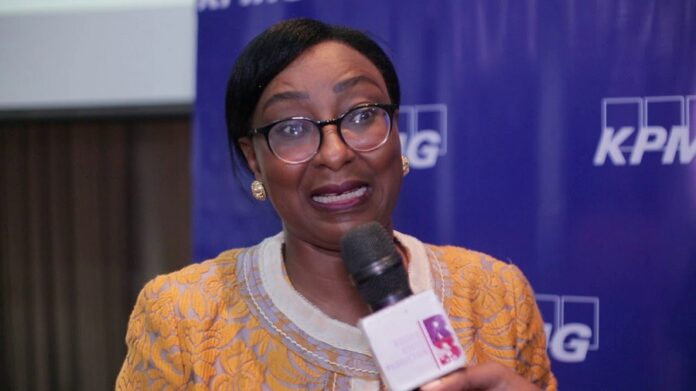By Chris Ndibe
The Nigeria Sovereign Investment Authority (NSIA) recorded a Total Comprehensive Income (TCI) of N36.15 billion in 2019.
Ms Stella Ojekwe-Onyejeli, the Executive Director and Chief Risk Officer at NSIA disclosed this at a virtual briefing (newsmen).
Ojekwe-Onyejeli said the 2019 income was less when compared to the TCI for 2018 which was N44.34 billion.
She explained that the total comprehensive income for 2019 included foreign exchange gains put at N1.26 billion as against N18.05 billion in foreign exchange gains for the previous year
She said that the foreign exchange gains arose due to changes in the currency translation rate from N305 per dollar to N325 per dollar as approved by government.
According to her, NSIA recorded a five per cent growth in total assets in the sum of N32.15 billion, bringing total assets to N649.84 billion at the end of the financial year.
Ojekwe-Onyejeli said that the company’s total assets in 2018 closed at N617.70 billion.
“The Authority continues to manage 3rd party funds on behalf of some government institutions. We currently manage funds for the Debt Management Office (DMO) and the Ministry of Finance.
“For DMO, the current value of Assets under Management (AuM) is 124.03 million dollars. For 2018, this fund stood at 122.60 million dollars in AuM.
“For the Nigeria Stabilisation Fund, managed on behalf of the Ministry of Finance, the Fund Balance was N33.365 billion. As of 2018, this balance increased to N20.814 billion.
“As of year-end 2019, NSIA’s core capital remained at 1.5 billion dollars.
“However, the National Economic Council voted for an additional capital contribution of 250 million dollars in 2019, which was received on April 8,” she explained.
Speaking on the Stabilisation Fund (SF), the director said the period under review saw policy alignments across major economies which provided clear forward guidance to markets and reducing levels of volatility.”
She further said that as such, the authority’s strategy of investing in diversified products across the yield curve provided returns.
According to her, at year-end 2019, the SF has been fully invested, in terms of return on investments.
He sdid the Stabilisation Fund returned 5.81 per cent, out performing its benchmark by a 381 basis points.
“On the Future Generations Fund (FGF), the Authority maintained its strategy of a systematic deployment of the FGF across global equities, private equity, hedge Funds and ‘other diversifiers.
“In the year under review, the FGF strategically gained more market exposure by investing in global equities and passive funds. In addition, we started making venture capital investments.
“As of year-end 2019, we had deployed over 90 per cent of the capital in the Future Generations Fund.
“The fund returned 6.45 per cent as of year-end, outperforming its benchmark of 6.43 per cent.”




